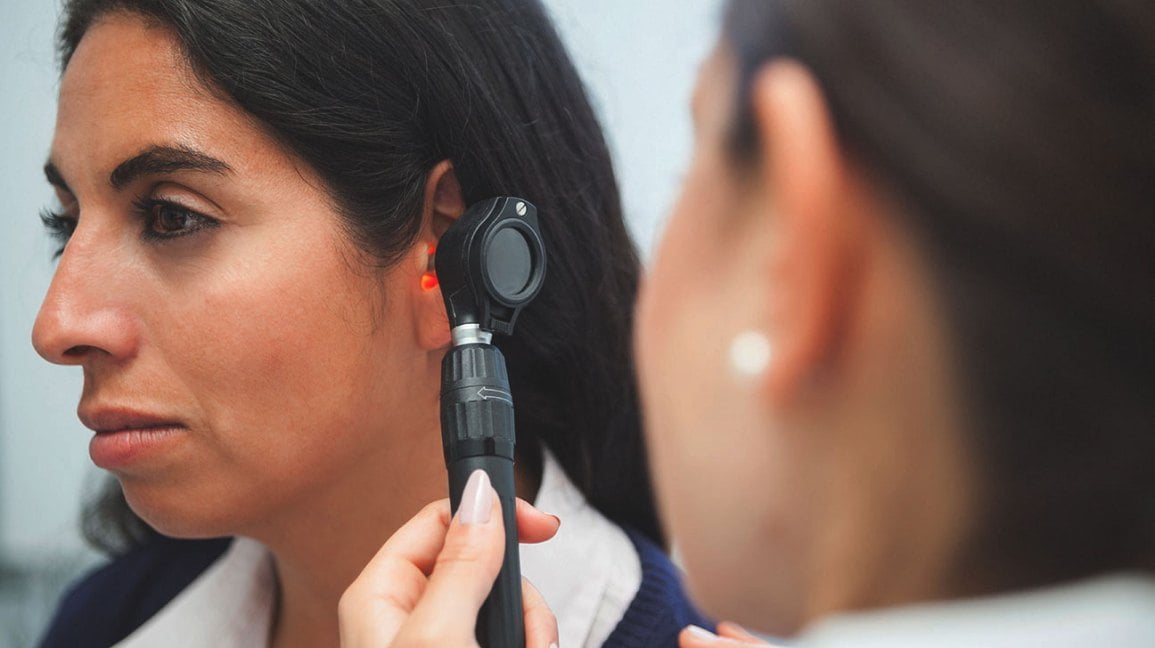
A loud pop, muffled sounds, spurts of dizziness – these are some of the first clues that you may have an extremely painful and serious condition called sensorineural sudden hearing loss (SSHL).
Also known as sudden deafness, SSHL occurs when you lose hearing rapidly — typically within 72 hours — usually in one ear. It’s the most common type of hearing loss among adults and accounts for nearly 5 to 20 of 100,000 hearing loss cases.
Corticosteroids were long thought to be our best bet for restoring hearing when SSHL strikes, but researchers from South Korea have discovered a new solution with an even stronger promise of complete hearing recovery.
Hyperbaric oxygen therapy (HBOT) in addition to standard medical therapy may be the key to helping those with SSHL regain most if not all of their hearing, a new study published in the journal JAMA Otolaryngology–Head & Neck Surgery suggests.
In order to determine how well corticosteroids and oxygen therapy work, researchers reviewed data from 19 studies that evaluated hearing recovery outcomes for 2,401 individuals who had experienced sudden deafness.
The patients included in the studies received either drug therapy alone or drug therapy combined with HBOT.
The research team found that those who received oxygen therapy along with drug therapy were 61 percent more likely to completely regain their hearing. Furthermore, the amount of hearing recovered was noticeably higher in those who received both oxygen and drug therapy.
The researchers also noticed that oxygen therapy worked better in patients who experienced very severe hearing loss and those under age 60.
The cause of sudden deafness varies. For some, it’s brought on by a head injury or a high fever. For others, it’s caused by a viral infection or a blood circulation issue in the ear. Occasionally, though, it’s idiopathic, meaning the cause is never known.
No matter the cause, it’s crucial to consult with a physician — ideally an ear, nose, and throat doctor — as soon as you notice symptoms.
When it comes hearing loss, early detection is key, experts advise.
Thought to reduce the inflammation and swelling associated with SSHL, corticosteroids are currently the most widely used treatment for SSHL and the first course of action most physicians take.
“[Corticosteroids] tend to be most effective when treated as soon as the patient notices the issue. The sooner the steroids are administered, the more likely that patient is to regain their hearing,” Leigh Hogan, a licensed audiologist and owner of Hear Well Audiology, said.
However, if hearing can’t be recovered with steroids alone, adding HBOT to the mix could very well revive hearing.
With HBOT, patients are placed within a pressurized chamber that increases oxygen levels in the inner ear.
According to The Mayo Clinic, the air pressure in the device is about three times higher than standard air pressure, which allows your lungs to take in more oxygen than they could at normal air pressure levels.
This process can repair blood flow damage in the ear and promote vascular recovery, the paper states. Through oxygen radicals, HBOT can also provide antibacterial effects and boost the development of new blood vessels.
Serious side effects and complications of HBOT are uncommon.
“HBOT is relatively safe, however, there are some risks that your physician may go over with you, such as barotrauma of the ear and sinuses causes by [the] change in pressure,” Hogan noted. “Occasionally some patients experience changes in their vision during treatments, but these tend to be minor and temporary.”
HBOT also isn’t the most accessible treatment around.
For one, it’s not cheap. In the U.S., it’ll run you approximately $300 per session, and it’s generally recommended that you undergo at least 1200 minutes of HBOT — either 90-minute sessions for 10 to 20 days or 60-minute sessions for 20 days.
Secondly, oxygen therapy is fairly limited as it’s only available in special facilities — and physicians don’t recommend it to people who have claustrophobia, a collapsed lung, or recent ear surgery.
It’s crucial to note that HBOT shouldn’t be administered as a sole therapy. Corticosteroids should be prescribed first and as soon as possible, followed by HBOT in more profound and severe cases.
“At this time, HBO therapy should not replace the standard treatments, such as oral steroid use or intratympanic steroid injections, but [oxygen therapy] may prove to be helpful as an adjunct therapy,” Dr. Vanessa Rothholtz, a board-certified otolaryngologist-head and neck surgeon with Pacific Coast Ear Nose and Throat, told Healthline.
